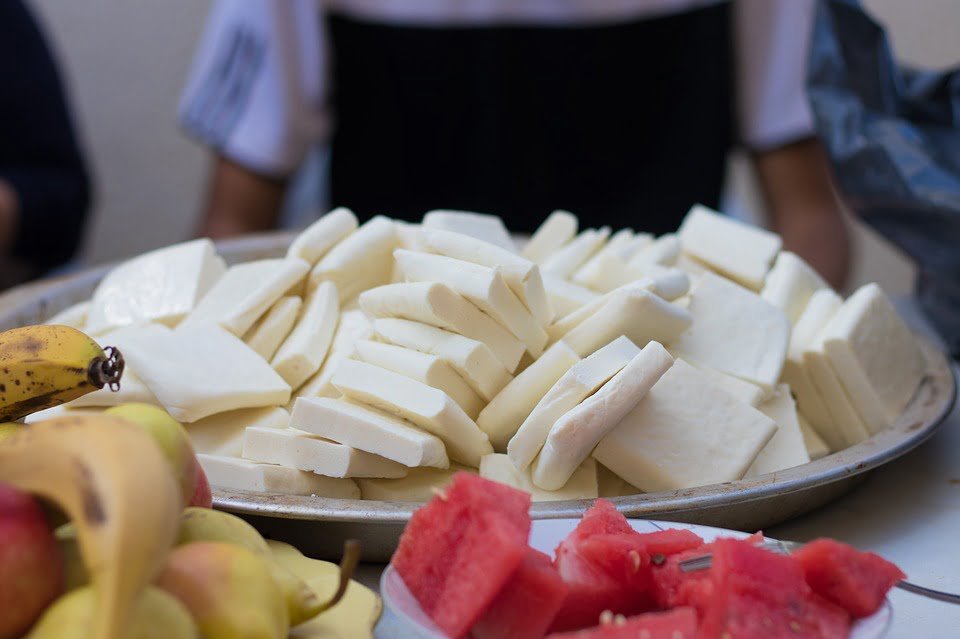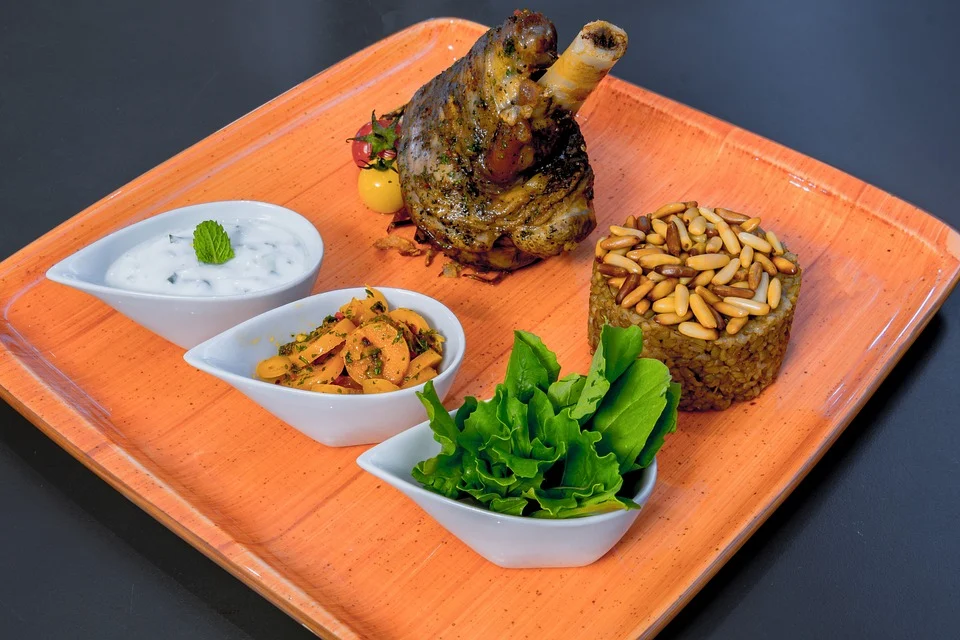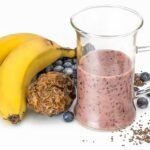Eid-ul-Fitr and Eid-ul-Azha are the two religious festivals of the Muslims.
These events are celebrated around the world with much enthusiasm, with a variety of delectable foods and dishes spread out for a feast. It’s natural to want to indulge in some tasty delicacies after a month of fasting at Eid-ul-Fitr.
People celebrate these events in their own distinct ways and eat festive meals together.
But there is a narrow line between savoring special Eid dishes, and even eating a little more, and feeling overstuffed and ill after Eid–and, ultimately, gaining weight, which is harmful to our health.
It can be challenging for people who are dieting but it can be managed by a little bit of planning.

In this article, we will discuss different ways in which you can enjoy Eid meals while avoiding extra pounds.
Tips for managing Eid Foods and Meals:
The hardest part of dieting is Eid and festivity seasons. Unlike other events, birthdays, and gatherings, Eid comes after a special wait.
People mostly overeat during Eid every year. Here are some tips to avoid overeating during Eid meals:
Avoid heavy breakfast on Eid Day:
It is a tradition to eat sweet desserts for breakfast during Eid, after offering Eid prayer, everyone greets the family member and enjoys desserts as breakfast.
But you must be careful about eating too much dessert, this way you’ll gain extra calories from fat and sugars.
Select Healthy items among Eid Foods:
The person who buys Eid food items and ingredients has a part in choosing healthful options. Buying nutritious foods is the first effort to keep the Eid diet going.
Fresh fruits and vegetables, lean cuts of meat and proteins, as well as fresh herbs and spices, may make menu items pleasant and healthy without being unduly calorie-dense.
“Ready-to-cook items” should be avoided. These goods are convenient for the cook, but they frequently contain components that are high in salt, sugar, fat, and calories. They may be nice, but they aren’t necessarily nutritious.
| Read: |
Cooking methods:
The cook is in charge of preparing the nutritious Eid meal, which is the second attempt to maintain a balanced diet. Lean meats and poultry can be grilled, boiled, or steamed instead of fried or baked.
Lemon, lime, herbs, and spices can be used for seasoning. Use low-fat or skimmed milk to prepare desserts.
To help cut calories and fat, remove the skin off meat. Vegetables can be steamed, roasted, or boiled. Spray the vegetables with olive oil, then season them with your favorite seasonings.
Control Variety:

Although having a broad range of salads and condiments enhances your dining table, keep the number of items low and try adding healthy salads full of vegetables.
Use items low in fat such as lean meats and low-fat dairy products.
Use a small plate:
Use a small or medium-sized plate so you can get less of everything. Do not go for second turns or refilling.
Count your calories:
Calories are calories, even if they come from nutritious meals. Nuts, whole-wheat bread, and brown rice are not “free foods” they also add up calories.
So, pick up your calories wisely and be mindful of your portion size. Overeating nutritious food can also add extra pounds. Counting calories is an excellent way to avoid exceeding your recommended energy intake.
Low-calorie Desserts:
On Eid, who doesn’t enjoy a bowl of Sheerkurma or Sevaiya? It is an absolute requirement!
We all yearn for these delectable treats, and Eid is the only time they’re cooked in such enormous quantities with extra ghee, sugar, and dried fruits.
While no one likes to miss out on a chance to get it, you can always cut down on your portion size.
Go for fresh fruits before having dessert, this will fulfill your cravings. Sunflower seeds in their shells are a great alternative to nuts, although nuts are healthy they provide too much fat.
Overindulging takes a lot of time and effort, so it’s far easier to keep your consumption under control.
| Read: |
Exercise

While exercise is difficult to fit into the busy routine during Eid, try to walk for several minutes after having meals. This might help you burn some extra calories and balance your energy intake.
To aid yourself physically and mentally, exercise before or after Eid.
Avoid drinking your calories:
Keep a glass of water on the table and drink a glass of water before or between meals to avoid any other beverage.
If you must have a high-calorie beverage, soothing your thirst beforehand will help you limit yourself to half a glass rather than a full glass, or one glass rather than two.
You can also have green tea after a meal to burn some calories and to help your stomach detoxify.
Avoid sitting longer at the table:
Sitting at the dining table for extra time will cause you to consume more food. Don’t rush your meals, but they also don’t have to be long. After eating, leave the table and focus on other chores.
| Read: |
Overconsumption of Calories:
The typical Eid lunch exceeds the calorie limit for the whole day. That’s almost twice the recommended daily intake for the average person.
Where do all these extra calories go? They will definitely increase body fat and ultimately lead to weight gain.
Even if you are not dieting, you must avoid overconsumption of calories ad might lead to obesity and its consequent diseases later in life.
No matter how much you feel compelled to eat everything being served on Eid, be mindful for the sake of your own health.
Conclusion:
Eid meals and celebrations can wreak havoc on a weight-loss plan. On Eid, it is customary to celebrate and enjoy meals. People spend valuable time dining with family and friends.
Most often people overeat which leads to weight gain. With a few changes to their cooking ways and eating patterns, people can enjoy Eid meals without having to worry about weight gain.
On the contrary, overeating might lead to obesity and an increased risk of heart disease and some other chronic conditions. It is always better to be on the safe side!
| Read: |




